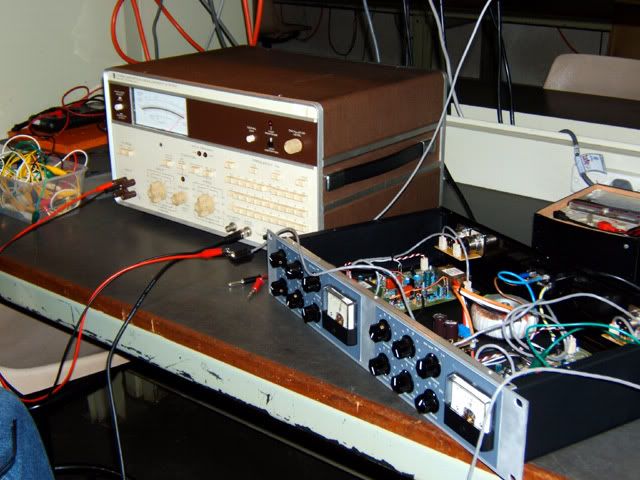Luny Tune
Well-known member
Thanks, Jakob.:thumb:

but the output seems to be way too hot.
How do you judge that there's too much?
Take a look at the Mill-Max PC Receptacles and PC Pins page in the Mouser catalog. I've bought them from a couple of different sources here but if you go to www.jaycar.com.au and do a search for HP1260 and HP1252 you can get a better idea of what you're looking for...just finished reading mnats rotary switch page (thanks!) and I wondered if anybody had a (mouser/digikey) part number for those pins and crimps that he uses to attach the wires to the boards. I may just go ahead and wire directly, but it seems like a nice touch...
If you are just going to switch between the output of the transformer and electronically balanced input circuits, you just need a DPDT switch. I guess the plan above was to tie the input transformer and IC input together and run them in parallel to the input jack?Also, what type of switch would be needed and where in the circuit would it go (referring to above post re: switching between xformer and xformerless in put)?
Nothing real slick. The 2 separate trafo/trafoless inputs to their normal headers, then 1 and *1 to each side of a switch, center of switch to level pot. SPDT would work I think.I guess the plan above was to tie the input transformer and IC input together and run them in parallel to the input jack?
Duh. Yeah, SPDT - should know better than to answer posts before that first cup of coffee.Nothing real slick. The 2 separate trafo/trafoless inputs to their normal headers, then 1 and *1 to each side of a switch, center of switch to level pot. SPDT would work I think.
It's just to quickly A/B different configs before settling on one, see how it sounds nicest...
Is Kubi around? I think he's been trying out different transformers.Has anyone used an OT different than OEP or Lundahl? Didn't see any.
Cool - maybe others can take a look to see if I made any more stupid mistakes: http://www.geocities.com/m_natsume/1176-wiring-rotary.htmljust finished reading mnats rotary switch page (thanks!)